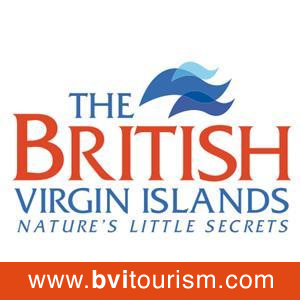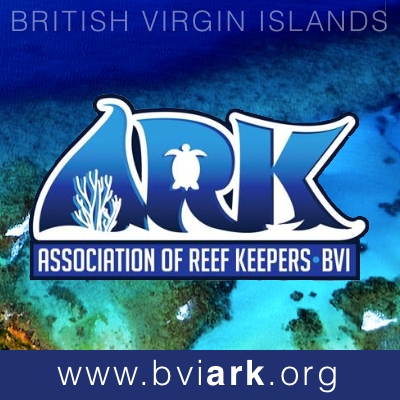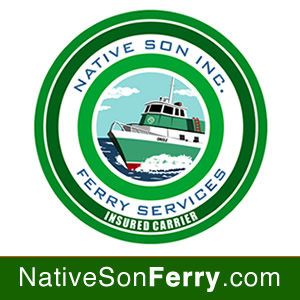Tortola is a British Overseas Teritory, the largest and most populated of the British Virgin Islands.
The British Virgin Islands are a British Overseas Territory in the Caribbean and comprise around 60 tropical islands that make up the archipelago of the Virgin Islands. Tortola is located to the east of Puerto Rico and the U.S. Virgin Islands and part of the Lesser Antilles chain, which separates the Atlantic Ocean and the Caribbean Sea. View Map. Tortola is famous for sailing, boat tours and surfing and is also called Land of Turtle Doves or Chocolate City.
1. Origin of the Name:
The name "Tortola" is derived from the Spanish word for turtle dove, "tórtola". This name was given by Christopher Columbus, who discovered the island during his second voyage to the Americas in 1493.
2. Pirate History:
Tortola has a rich history of piracy. During the 17th and 18th centuries, the island was a haven for pirates such as Blackbeard and Captain Kidd, who used its bays and coves as hiding spots for their ships and treasure.
3. Callwood Rum Distillery:
Established in the 1600s, Callwood Rum Distillery on Tortola is one of the oldest distilleries in the Caribbean. It produces rum using traditional methods and is a popular tourist attraction where visitors can see how rum was made centuries ago.
4. Sage Mountain National Park:
Located on Tortola, Sage Mountain National Park is home to the highest point in the British Virgin Islands. It offers hiking trails through lush rainforest, providing stunning views of the surrounding islands and the Caribbean Sea.
5. Beaches and Snorkeling:
Tortola boasts several beautiful beaches, including Cane Garden Bay, Smuggler's Cove, and Brewer's Bay, which offer excellent opportunities for snorkeling, swimming, and enjoying the pristine Caribbean waters.
Enjoy your stay!

"God Save The Queen"
14 000+ residents
US Dollar. Major credit cards are accepted in many, but not all establishments.
Left
Sales tax: none. Departure taxes: $20.00 per person leaving by air, $15.00 (visitors) leaving by sea. Accommodation tax: 7% hotel accommodation tax payable by guests who stay for six months or less in hotels, apartments, houses, cottages, villas and similar accommodations.
The language of the locals in the British Virgin Islands, is English with a West Indian based dialects. For instance, the 'H' is often discarded ("thing" becomes "ting", and "thanks" becomes "tanks").
- J. R. O’Neal Botanical Gardens - in the centre of Road Town, the capital, this is a peaceful, cool and lush refuge. It is 4 acres in size and includes a beautiful array of indigenous and exotic tropical plants.
- Main Street Shopping, Road Town - This is the best area for shopping in Tortola. It is also quite scenic in the West Indian traditional sense with colorful stone and wooden buildings. Sights are the old 1900's post office and Sir Olva George's Plaza with an array of upmarket shops for souvenir, island fashion and jewellery seekers. Various restaurants and also the VI Folk Museum can be frequented. The museum has a collection of Amerindian, Plantation era and Rhone artifactss.
- Old Government House Museum - This was once where the local governer resided, built in 1924. It is an impressive, colonial building above Road Town Harbor that is also a museum and has a BVI stamp collection to view.
- Lower Estate Sugar Works Museum - Once a sugar refinery in the 1700's, it was later used to process local cotton for export. Located in Road Town, it is a mecca of photos on BVI culture, history and nature and houses artifacts of BVI history.
- Sage Mountain National Park - Sage Mountain is the highest point on the island and in the BVI - 1 780 feet. The park has many graveled paths to walk in the lush rain forest. Mountain peaks are covered with frangipani and sage on its southern coast, while its northern shores flaunt white sandy beaches, groves of succulent bananas and mangoes and large groups of palm trees.
- Smuggler's Cove - this beach is a bit more difficult to access as the road is unpaved, but worth the visit. Located on the north-west tip of Tortola, it is great from snorkeling and quite small and private.
- Long Bay - This is a lovely mile-long stretch of beach with white talcum-fine sand. On its east side there is a resort and various guest houses, while the western end is more quiet and is good for surfing and swimming. Look out for Nature Boy’s shack on the far western side - he is always friendly and welcomes you with a rugged smile and fresh coconut water and beer.
- Apple Bay - Very popular with surfers in the whole of the Virgin Islands - British and American. It is home to the famous Bomba Shack - the quaint surfer’s bar not to miss, as well as a small community and a hotel.
- Cane Garden Bay - A popular anchorage, there is lots to do - from watersports to restaurants, bars and guest houses.
- Brewer's Bay - It seems most Caribbean islands have a Brewer’s Beach. This one is lush and tropical with a camping area and is great for snorkeling. There are also a few beach bars here to dive into.
Tortola's coordinates: 18deg25'N 64deg35'W. Sage Mountain on Tortola is the BVI's highest point as part of a National Park at 1,780 feet above sea level. Tortola is a mountainous island 13.5 miles (19 km) long and 3 miles (5 km) wide, with an area of 21.5 square miles (55.7 square km). Tortola lies near an earthquake fault, and minor earthquakes are common. Beef Island, the site of the BVI's main airport, is connected to Tortola by a bridge. Road Town, the capital of the BVI is located on the southern shore of Tortola.
Brief History
There are 60 islands (with only about 16 being inhabited) that comprise the British Virgin Islands. They are known for their secret bays, hidden coves, isolated beaches, sometimes surfable waves (like at Long Bay), tall palms and people.
The BVI were inhabited by the Ciboney Indians (stone age), followed by the Arawak Indians (from South America) and then the Carib Indians, a fierce and aggressive bunch who arrived about one hundred years before Christopher Columbus. Columbus’s discovery of the BVI in 1493 brought about its colonization by the Spaniards, the French and finally the British.
In days of old the islands abounded with pirates and privateers who left behind a rich history of tales of treasures untold. Famous inhabitants of Tortola were Blackbeard and Captain Kidd. The primary islands of the British Virgin Islands are Tortola, Virgin Gorda, Anegada and Jost Van Dyke.
Best holiday deals in the Caribbean are between June and September. It's off season, so expect really really good deals in terms of accommodation, car rentals and boating trips. Don't be shy to ask companies whether they're running specials. Also follow CoolestCarib on social media for specials. We're on Facebook, Twitter, Instagram and Tumblr.














